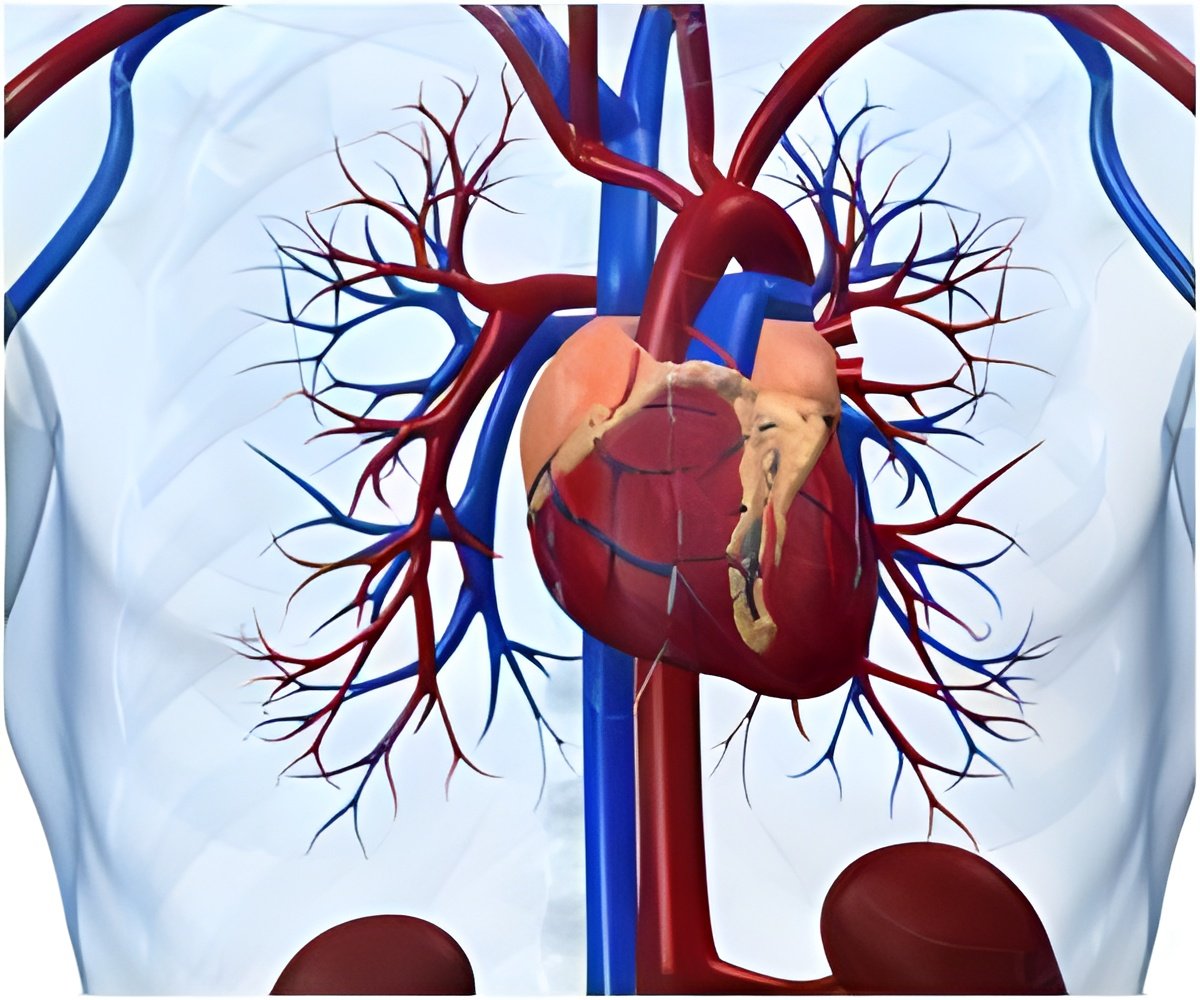
An analysis of the most up to date clinical evidence in the field of heart failure by the ESC Guidelines task force led to several major updates since the previous ESC Guidelines were published in 2008.
In devices, left ventricular assist devices (LVADs) were hailed as a step change in the management of heart failure. LVADs are more reliable and lead to fewer complications than in 2008. Until now, LVADs have been used as a temporary measure in patients awaiting a heart transplant. But Professor John McMurray (Glasgow, UK), chairperson of the ESC Clinical Practice Guidelines Task Force, says: "LVADs will increasingly be used as a treatment in their own right, not just as a temporary support while awaiting transplantation."
A new indication for cardiac resynchronisation therapy (CRT) in patients with mild symptoms is given in the guidelines. More evidence from new trials and further analysis of existing trials also enabled the task force to provide more clarity about the effects of CRT. It is clear that patients with left bundle branch block QRS morphology and those who are in sinus rhythm have the greatest benefit from CRT. Conversely, those who have a non-left bundle branch block QRS morphology and patients in atrial fibrillation have less certain benefit.
Also in the device arena, new transcatheter valve interventions are discussed. "These interventions offer the possibility of treating aortic stenosis in patients who are unsuitable for surgery," says Professor McMurray.
In pharmacological treatments, two new indications are highlighted. The guidelines stress that when attempting to reduce heart rate, the dose of beta blocker should be maximised before giving additional medications to reduce heart rate. "Beta blockers are more established, more effective and less expensive, and should be given first," says Professor McMurray.
Advertisement
In the area of diagnostics, a new biomarker called mid-regional pro-A-type natriuretic peptide is mentioned for the first time.
Advertisement
Source-Eurekalert















